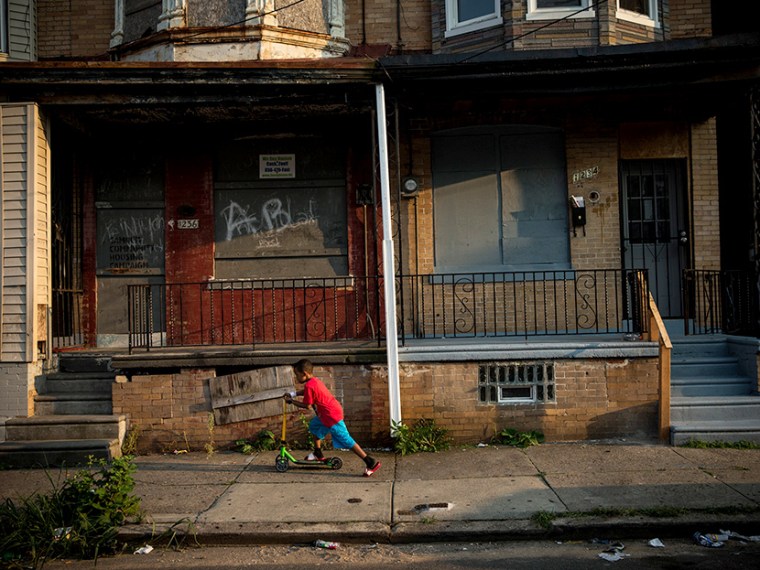On August 28, 1963, over 200,000 marchers assembled on the Washington Mall to hear Rev. Martin Luther King Jr. deliver his historic "I Have a Dream" speech from the steps of the Lincoln Memorial. This weekend, thousands more will commemorate the 50th anniversary of that March on Washington with one of their own.
In some ways, this new march is expected to be a celebratory event, one which acknowledges the progress already made in America. However, speakers at the event are unlikely to declare the struggle for racial equality over. Although the intervening half-century has seen some progress on that front, the United States remains a deeply segregated and unequal country. In some ways, America has regressed over the past couple of decades.
A wealth of contemporary research shows how much further the United States has to go. In mid-June, the Economic Policy Institute put together a comprehensive report on race-based economic inequality in modern America. Called "The Unfinished March," the study found that African-Americans are still twice as likely to be unemployed as white people, and that many of America's schools and neighborhoods continue to be de facto segregated, decades after segregation ceased to be official policy.
"In the late 1960s, 76.6% of black children attended majority black schools," according to the report. "In 2010, 74.1% of black children attended majority nonwhite schools." Similarly, 45% of poor black children were found to live in "neighborhoods of concentrated poverty," compared to 12% of poor white children.
The disparity extends beyond employment prospects and geographic separation. Over the past 25 years, the wealth gap between the average black family and the average white family has tripled, according to a February report from Brandeis University. The wealth of the average black family has stagnated since 1984, while white families only saw their average wealth increase, at least until the 2008 financial collapse.
Homeownership was apparently a major factor. According to the report, "Residential segregation by government design has a long legacy in this country and underpins many of the challenges African-American families face in buying homes and increasing equity."
When it comes to the criminal justice system, the numbers are even more stark. African-Americans are about 3.73 times more likely to be arrested for marijuana possession than white people, despite the fact that they use the drug at roughly the same rate, according to a recent report from the American Civil Liberties Union. One out of every 15 African-American men is currently in prison, compared to one out of every 106 white men, according to the Center for American Progress.
Dr. King began his "I Have a Dream" speech with a nod toward the progress which had already been made since emancipation, and went on to describe the racism of his own era.
"One hundred years later, the life of the Negro is still sadly crippled by the manacles of segregation and the chains of discrimination," he said. "One hundred years later, the Negro lives on a lonely island of poverty in the midst of a vast ocean of material prosperity. One hundred years later, the Negro is still languishing in the corners of American society and finds himself an exile in his own land."
Fifty years after those words were said, Jim Crow laws and officially sanctioned racial segregation are dead. But their legacy lives on.
